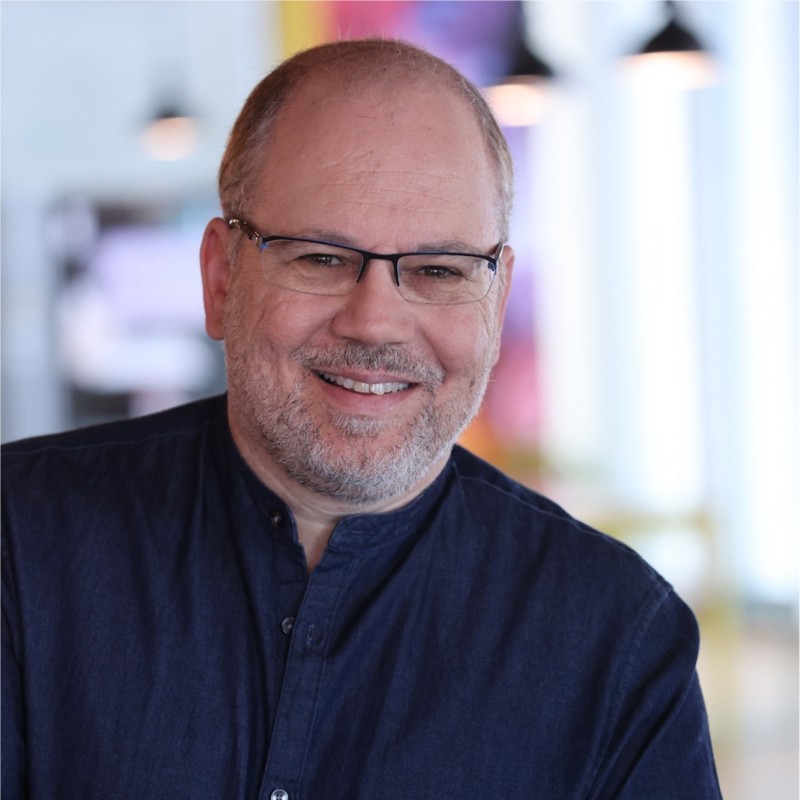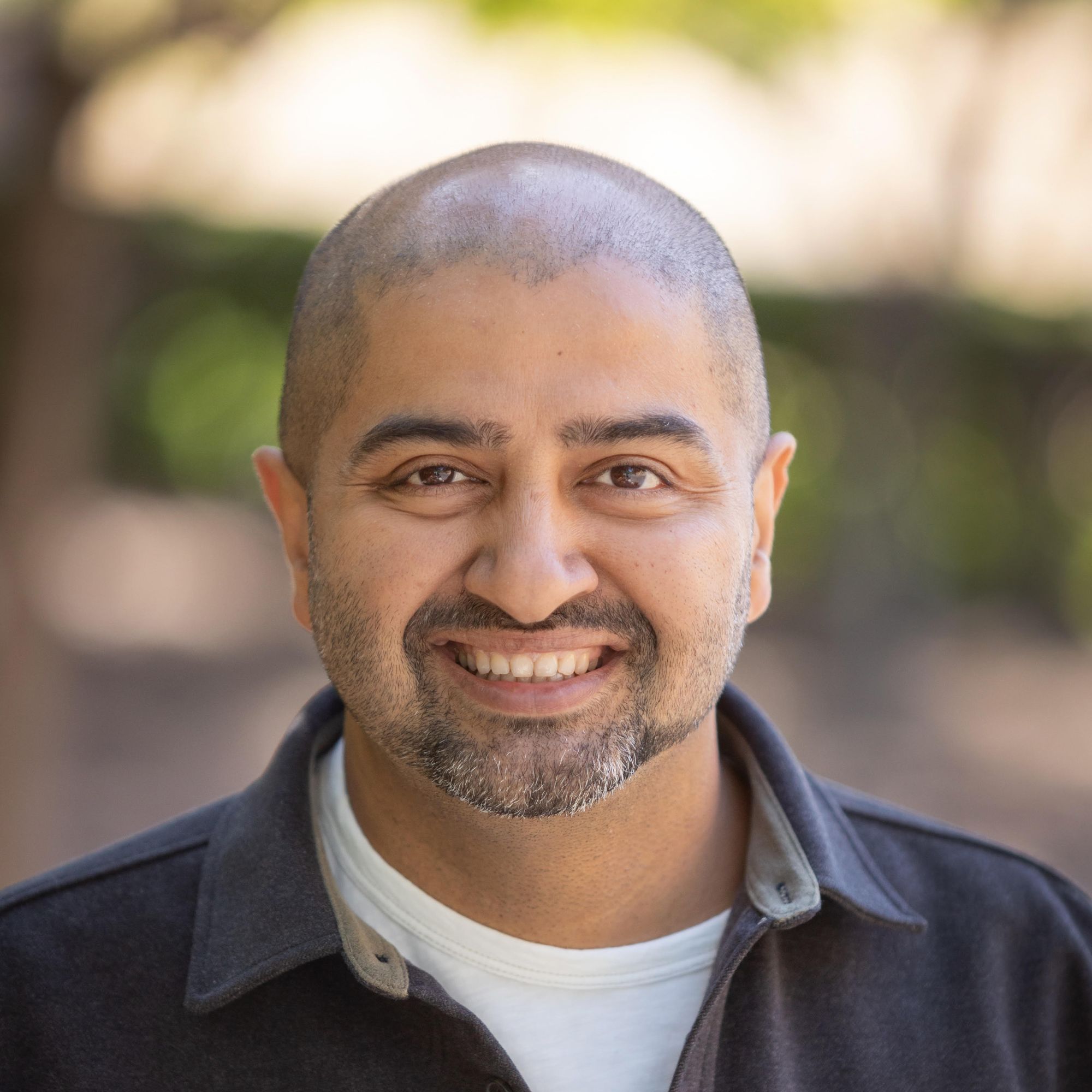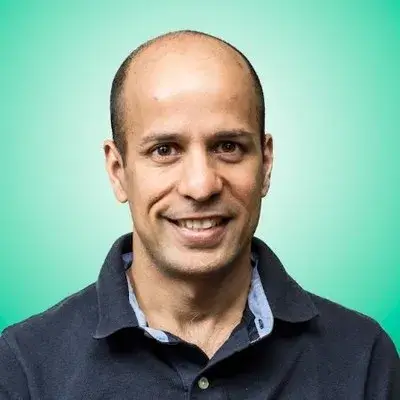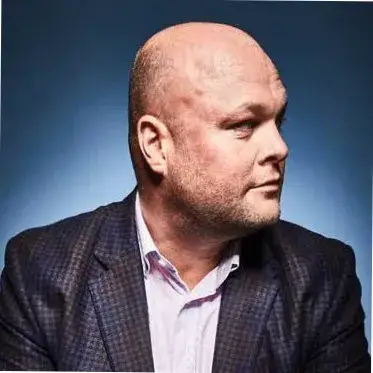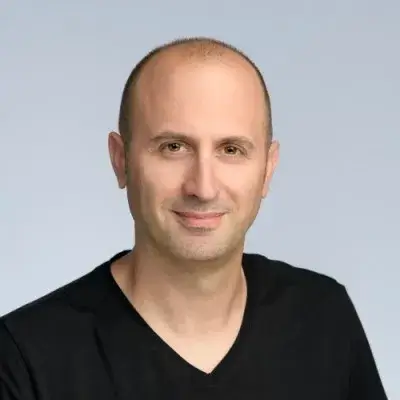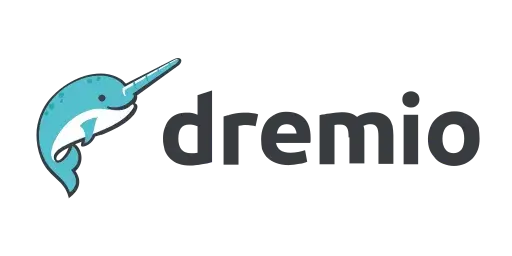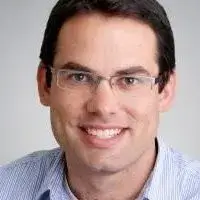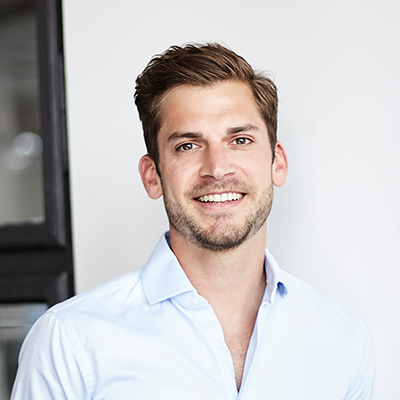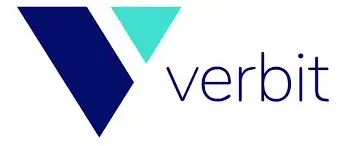Ready to build your own Founder-Led Growth engine? Book a Strategy Call
Frontlines.io | Where B2B Founders Talk GTM.
Strategic Communications Advisory For Visionary Founders
Actionable
Takeaways
Build trust through personal connection and domain expertise:
Randy's background in healthcare and industrial engineering, combined with his personal experience in hospitals, helped him build credibility with early customers. He emphasized the importance of personally visiting customers and sharing his story to create trust in a conservative industry.
Find the right milestone that creates value:
Randy's team built a working prototype with just $75,000, which immediately attracted VC interest. He notes, "The key in winning in any of these games is get to the right milestone that creates value. It's not the ultimate finished product... but it's a milestone someone can look at and say, 'Wow, this company is going to make an impact.'"
Make complex technology accessible through familiar comparisons:
When marketing their solution, Omnicell found success by comparing themselves to established players: "Because we compare it to their story, to our story, that just allowed people to easily understand." While Randy didn't love referencing competitors in his pitch, it helped quickly establish credibility and understanding.
Evolve your service model based on customer outcomes:
Omnicell discovered that having their experts onsite led to twice the productivity compared to customer-operated systems. This insight drove their evolution from a pure product company to a solutions provider: "Many of our products today come with experts and people on site to help you get the outcomes you want."
Think in decade-long horizons while executing in three-year cycles:
Randy emphasizes the importance of having both short and long-term vision: "If you only think in two to three year increments, you're going to get to the end of one of those nodes and then you'll have nowhere to go. You need to at least have some thesis on what 5 and 10 years looks like."
Embrace constant reinvention:
Randy attributes his longevity to continuous personal and professional development: "You really have to reinvent yourself every three years. What's got me to this point isn't going to do for the next three years." He recommends seeking feedback from board members and advisors who will challenge you to improve.
Conversation
Highlights
Building a $3B Healthcare Tech Company: Omnicell’s 30-Year GTM Evolution
Fifteen days in a UCSF ICU watching nurses record everything on paper sparked an idea that would transform healthcare technology. That observation led Randy Lipps to build Omnicell, taking it from a prototype in his house to a $3B public company that’s still innovating three decades later.
In a recent episode of Unicorn Builders, Randy shared how he navigated the complex healthcare market, evolved from product vendor to solutions provider, and maintained growth through multiple technology cycles. His journey offers unique insights for founders building in regulated, conservative industries.
The Early Days: Building Trust in a Conservative Market
Healthcare’s inherent conservatism shaped Omnicell’s early GTM approach. As Randy explains, “Healthcare is a conservative discipline. They take years and years of trials before they put a drug into a human. And that thinking permeates the Healthcare industry before they try something new or adopt new technology.”
Instead of fighting this conservatism, Omnicell embraced it. With just $75,000, Randy and five Stanford engineers built their first prototype. Their initial customer pitch at Sequoia Hospital consisted of four industrial art drawings and a desktop prototype. Randy’s approach was direct: “If you see this system here, would you try it? And if you tried it and liked it, would you buy it?”
This simplicity worked. As Randy recalls, “VCs said, ‘How much money did you spend on this?’ I said, ‘Well, you know, like 75 grand.’ They said, ‘I want to send a check in today. Any guy that can make something with that little money that’s creating a market, we got to invest in this guy.'”
Navigating the Dot-Com Era’s GTM Challenges
The late 90s presented a unique challenge. While Omnicell had built solid products and revenue, Wall Street was fixated on dot-com stories. Randy shares, “When we’re ready to go public with the right size and the right earnings, the right growth rates, Wall Street wasn’t interested in talking to you very much.”
It took three IPO attempts before succeeding in August 2001 – as the last Silicon Valley company to go public before the window closed. The turning point came when the market sentiment shifted: “Here’s a company that’s coming along as these companies are becoming unfavorable that’s got revenues and run rates. It was kind of like we were the ugly baby twice when we tried to go out.”
The Evolution from Product to Solutions Provider
Omnicell’s most significant GTM innovation came from watching their customers struggle with their technology. While hospitals wanted automation, they often lacked the expertise to operate it effectively. Randy observed, “When we put our own people in to help run the robots, the productivity, outcomes, and safety were twice, sometimes over twice as fast as what the ownership people who own the equipment, who ran it themselves.”
This insight drove a fundamental shift in their business model. “Many of our products today come with experts and people on site to help you get the outcomes you want,” Randy explains. “Ten years ago, a lot of health systems would not let you bring your people in to do anything. That’s their core competency. They didn’t want them in there. But as the tech and the outcomes can be driven at a much higher rate, it’s been a huge transition.”
Maintaining Relevance Through Market Evolution
Randy attributes Omnicell’s longevity to a systematic approach to reinvention: “You really have to reinvent yourself every three years. What’s got me to this point isn’t going to do for the next three years.”
This philosophy extends to product strategy. Recently, Randy told his team “all our products will be obsolete in a pretty short time period. You better figure out what the next set of products is.” This forward-thinking approach keeps Omnicell ahead of market shifts, particularly as healthcare moves toward AI and automation.
The Future of Healthcare Tech
Looking ahead, Randy envisions a fundamental transformation in healthcare delivery. “We want these systems to be able to actually think on their own about getting meds to the right person at the right time, safely and appropriately and quickly and cost effectively. And that in itself is an AI application, the whole thing, not just part of the whole thing.”
This vision exemplifies Randy’s approach to long-term thinking: “If you only think in two to three year increments, you’re going to get to the end of one of those nodes and then you’ll have nowhere to go. You need to at least have some thesis on what 5 and 10 years looks like.”
For founders building in regulated industries, Omnicell’s journey demonstrates that success comes not from fighting industry constraints, but from understanding them deeply enough to innovate within them. The key is balancing short-term execution with long-term vision, while continuously evolving your service model based on real customer outcomes.
Recommended Founder
Interviews

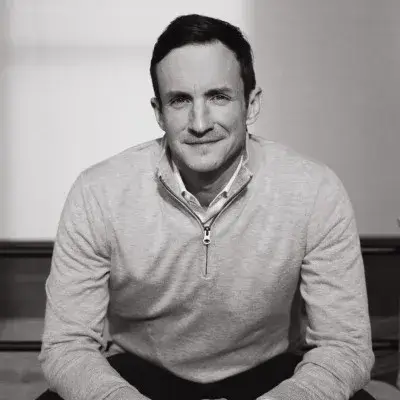
Justin Borgman
CEO and Co-Founder of Starburst
Justin Borgman: the Story of Starburst ($3+ Billion Valuation)

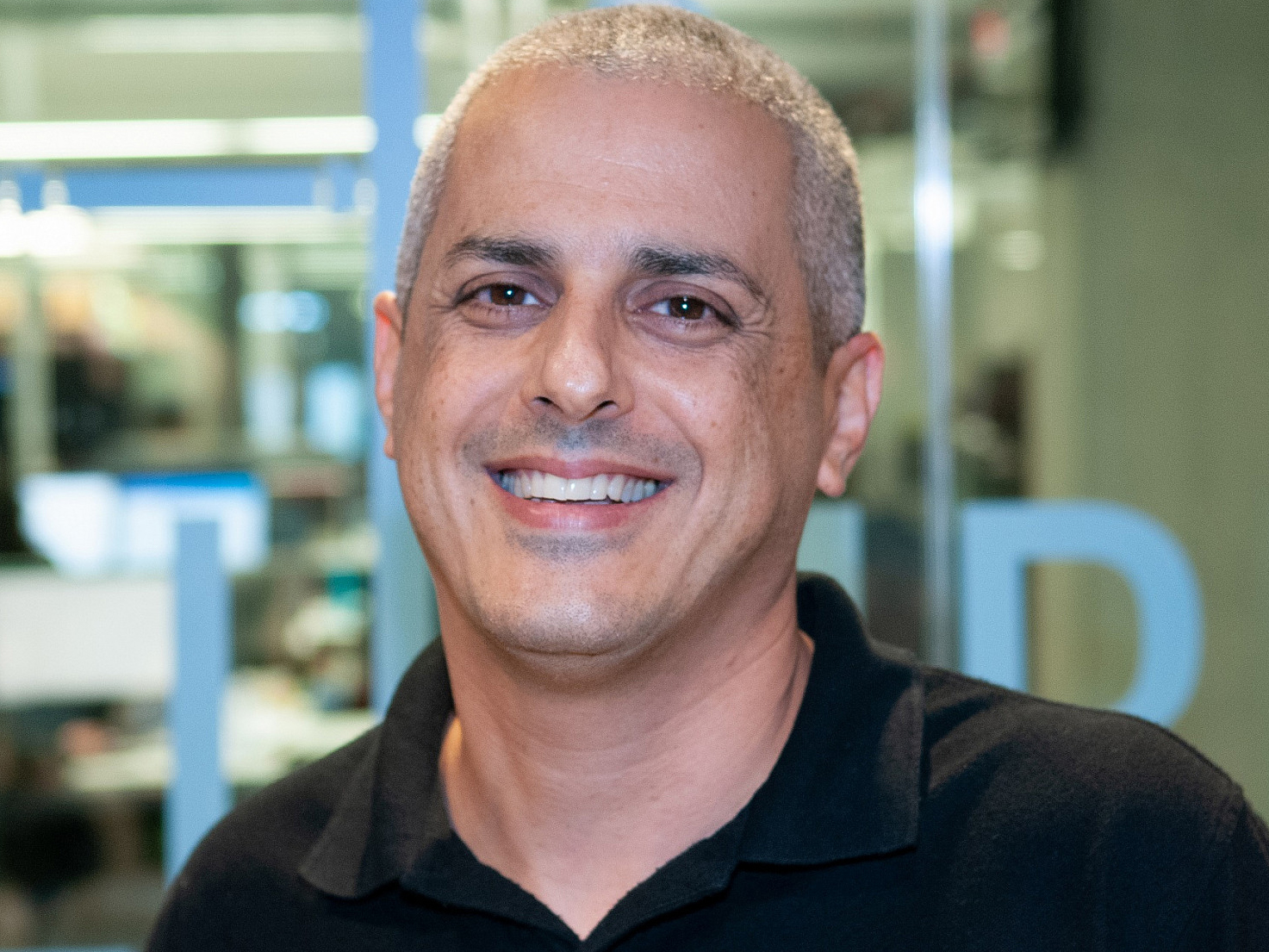
Oren Kaniel
CEO & Co-Founder of AppsFlyer
Oren Kaniel: The GTM Story of AppsFlyer ($2 Billion Valuation)

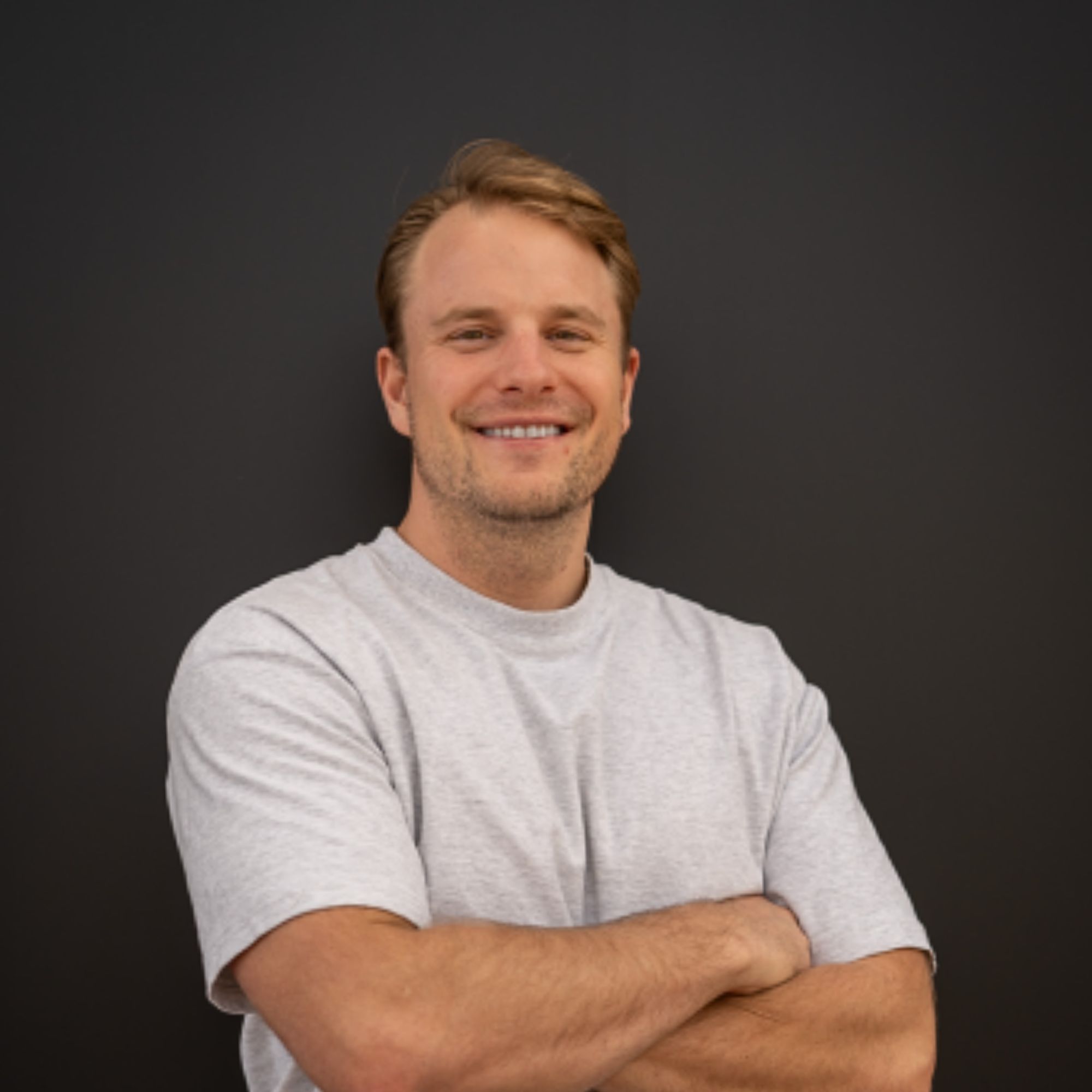
Steffen Tjerrild
Co-Founder, CFO & COO of Synthesia
Steffen Tjerrild: The Story of Synthesia ($1 Billion Valuation)

Waseem Daher
Founder and Executive Chair of Pilot
Waseem Daher: The tech-enabled services model that investors hated: How Pilot combined software and humans when everyone wanted pure SaaS | Waseem Daher (Pilot.com)


Sean Duffy
Co-Founder & CEO of Omada Health
Sean Duffy: the Story of Omada Health ($1+ Billion Valuation)


Raj De Datta
CEO & Co-founder of Bloomreach
Raj De Datta: the GTM Story of Bloomreach ($2.2 Billion Valuation)


Sean Duffy
Co-Founder & CEO of Omada Health
Sean Duffy: the Story of Omada Health ($1+ Billion Valuation)


Renaud Laplanche
Co-Founder and CEO of Upgrade
How Upgrade built 6 billion-dollar products by designing for multi-product from day one | Renaud Laplanche ($6B Valuation)


Kevin Busque
CEO and Founder of Guideline
Kevin Busque: the Story of Guideline ($1.1B+ Valuation)


Jerome Ternynck
Founder and CEO of SmartRecruiters
Jerome Ternynck: the Story of SmartRecruiter ($1.5 Billion Valuation)

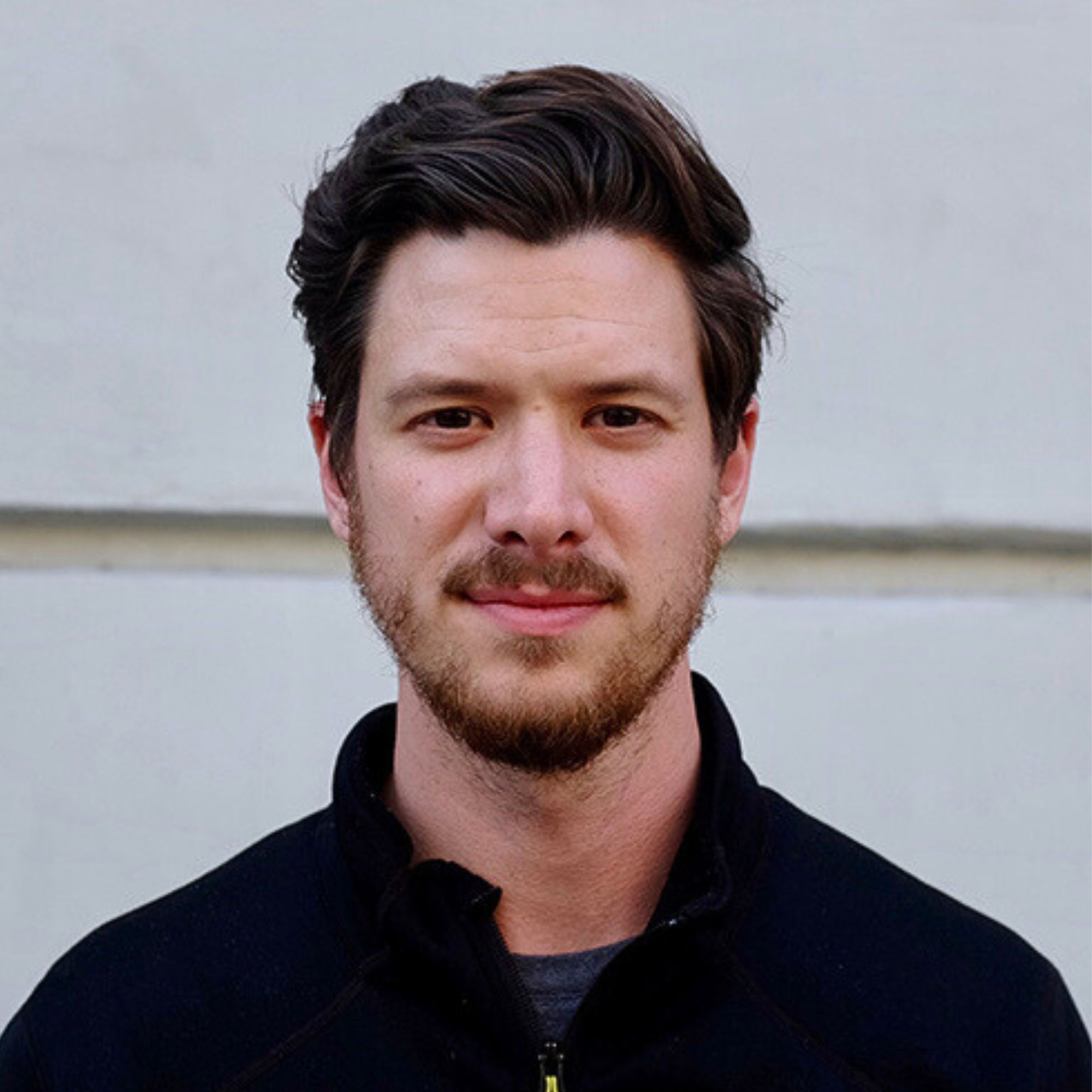
Andrew Farah
CEO of Density
Andrew Farah: Density’s Enterprise Hardware Playbook – When Great Product Becomes Great Marketing ($1B+ Valuation)
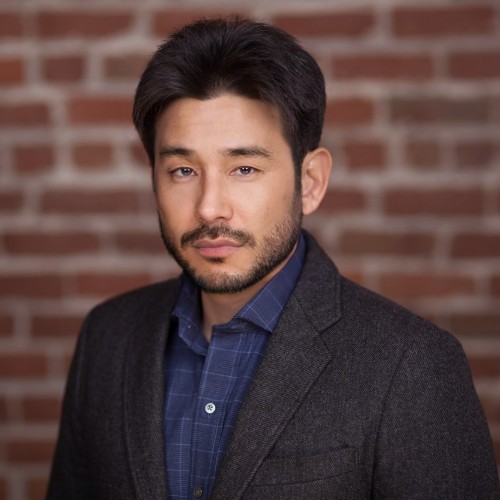
Henry Kim
CEO & Co-Founder of Swiftly
Henry Kim: The GTM Story of Swiftly ($1B+ Valuation)


Spike Lipkin
CEO and Co-founder of Newfront
Spike Lipkin: the GTM Story of Newfront ($2.2 Billion Valuation)

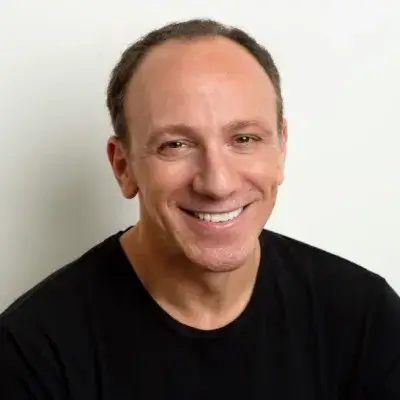
Gary Hoberman
CEO & Founder of Unqork
Gary Hoberman: the GTM Story of Unqork ($2B+ Valuation)

Tomer London
Co-founder and Chief Product Officer of Gusto
How Gusto scaled to 400,000+ customers without traditional sales: The consumer-first B2B playbook ($9.5B Valuation)


Sean Henry
CEO & Co-Founder of Stord
Sean Henry: How Stord Built a Commerce Enablement Platform ($1B+ Valuation) That Rivals Amazon’s Logistics Network

Henrique Dubugras
Co-Founder and Co-CEO of Brex
Henrique Dubugras: the Story of Brex ($12 Billion+ Valuation)


Alex Israel
Co-Founder & CEO of Metropolis
The wild GTM story behind Metropolis raising $2B to take a company private and get their tech adopted faster | Alex Israel
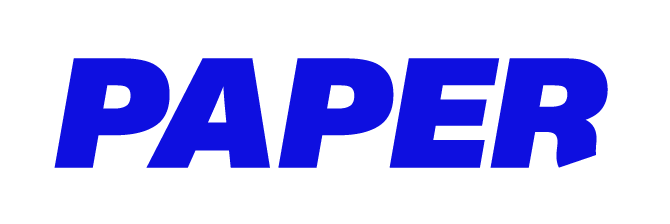
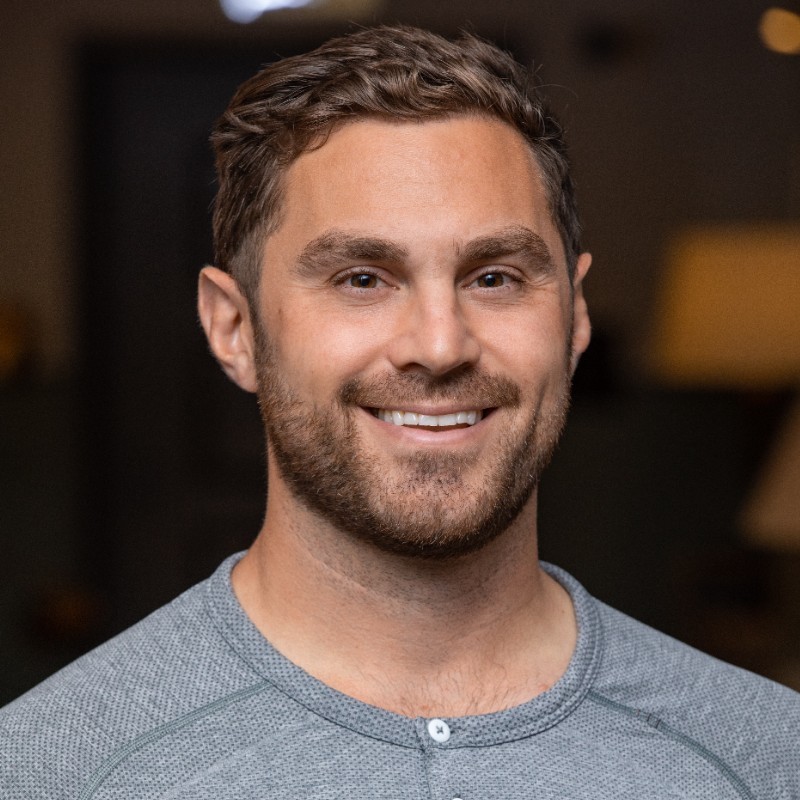
Philip Cutler
CEO and Founder of Paper
Philip Cutler: The GTM Story of Paper ($1.5B Valuation)

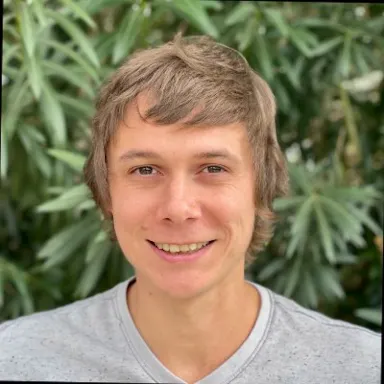
Michel Tricot
Co-Founder & CEO of Airbyte
Michel Tricot: the Story of Airbyte ($1.5 Billion Valuation)
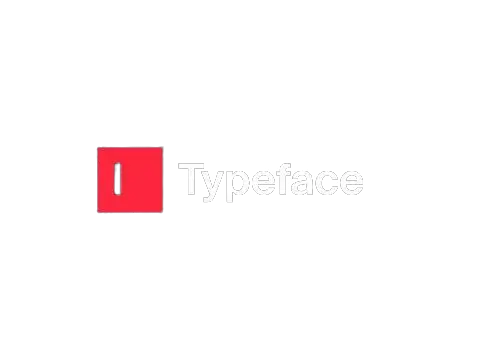
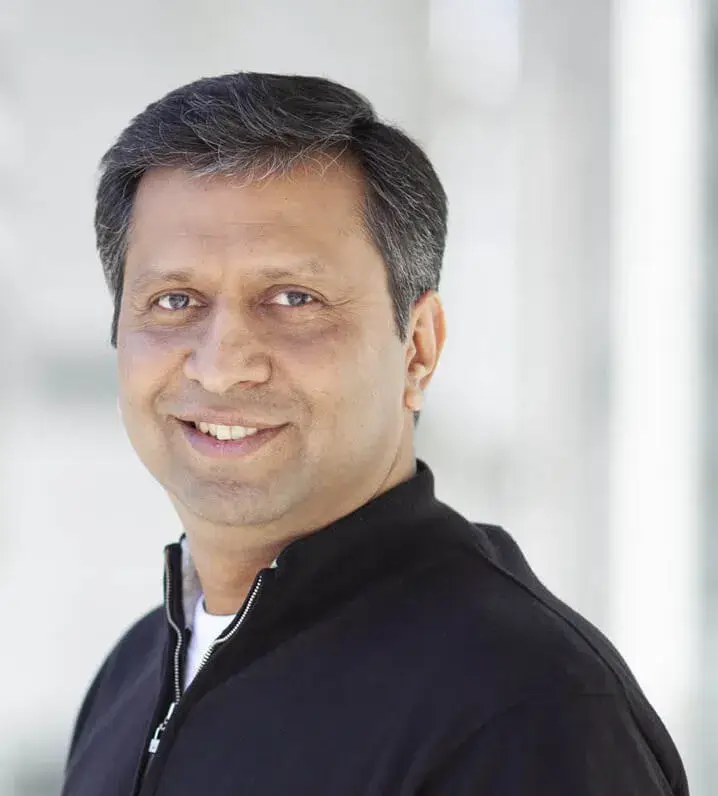
Abhay Parasnis
Founder and CEO of Typeface
Abhay Parasnis: the Story of Typeface ($1 Billion Valuation)
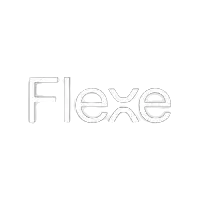
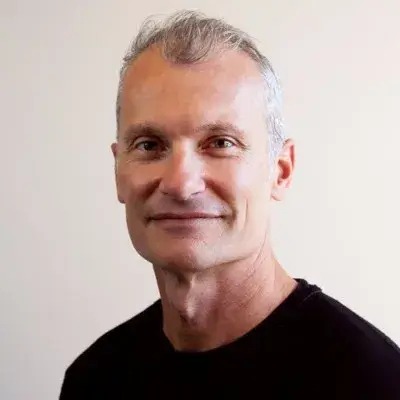
Karl Siebrecht
Co-Founder & CEO of Flexe
Karl Siebrecht: the Story of Flexe (1+ Billion Valuation)

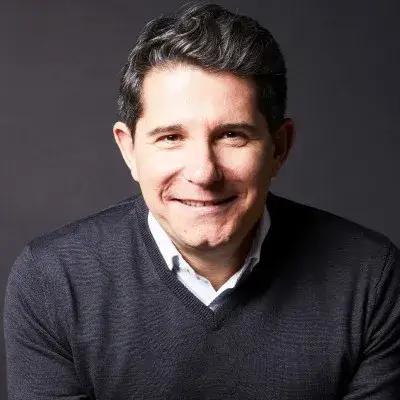
Jean Paul Chauvet
CEO of Lightspeed
Jean Paul Chauvet: the Story of Lightspeed ($2+ Billion Valuation)
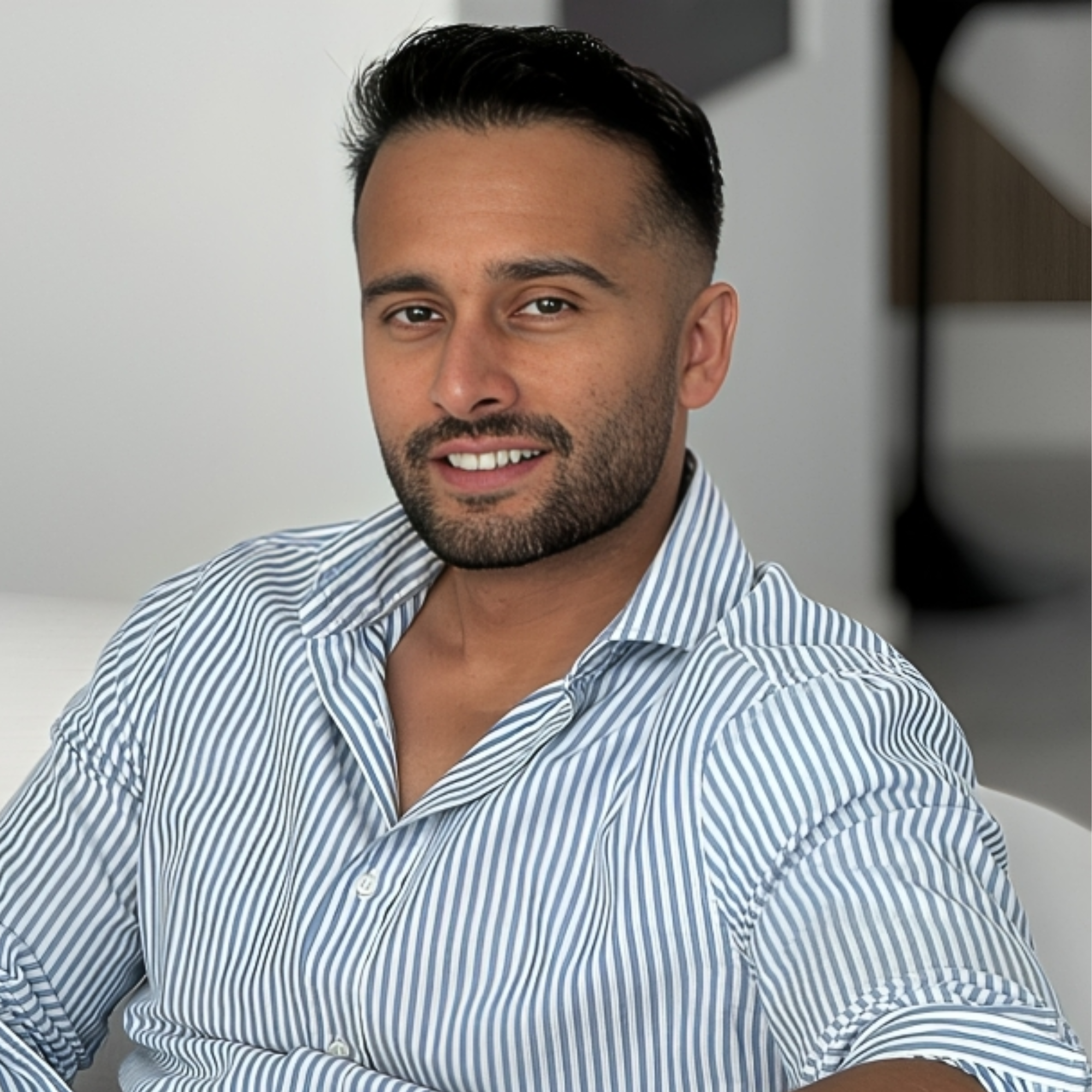
Omair Tariq
CEO & Founder of Cart.com
Why Cart.com spent $5 million on a domain name as their first marketing strategy | Omair Tariq


Arif Nathoo
CEO and Co-Founder of Komodo Health
Arif Nathoo: the Story of Komodo Health ($3 Billion Valuation)

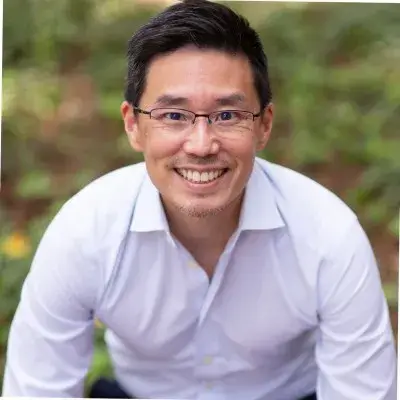
Rodrigo Liang
Co-Founder and CEO of SambaNova
Rodrigo Liang: the Story of SambaNova ($5+ Billion Valuation)


Doug Winter
CEO and Co-Founder of Seismic
Doug Winter: The GTM Story of Seismic ($3 Billion Valuation)

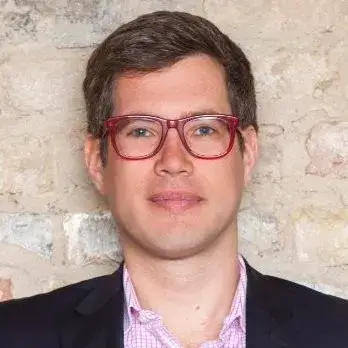
Marc-Alexander Christ
Co-Founder of SumUp
Marc-Alexander Christ: the Story of SumUp ($8.5 Billion Valuation)


Des Traynor
Co-Founder of Intercom
How Intercom survived by cannibalizing their own business model before competitors could | Des Traynor

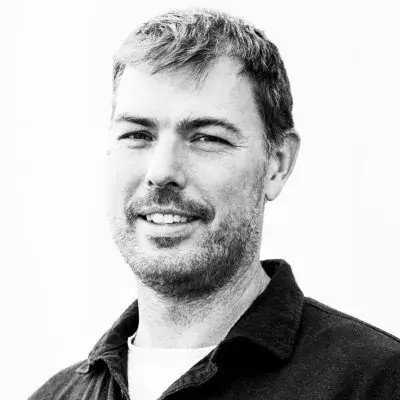
Kyle Clark
Team Member of Beta Technologies
Kyle Clark: the Story of Beta ($1.2 Billion Valuation)


Doug Winter
CEO and Co-Founder of Seismic
Doug Winter: The GTM Story of Seismic ($3 Billion Valuation)


Martin Mao
CEO of Chronosphere
Martin Mao: The Story of Chronosphere ($1.6 Billion Valuation))

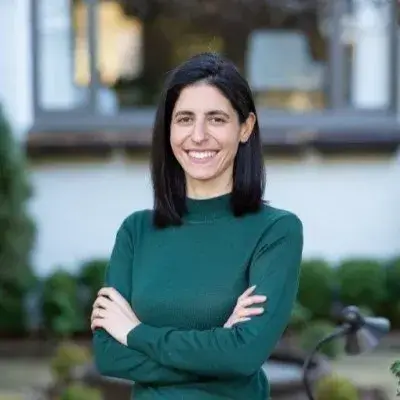
Barr Moses
Co-Founder & CEO of Monte Carlo
Barr Moses: the GTM Story of Monte Carlo ($1.6 Billion Valuation)
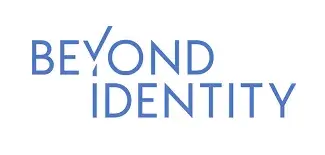

Tom Jermoluk
CEO of Beyond Identity
Tom “TJ” Jermoluk: The GTM Storyteller of Beyond Identity ($1.1 Billion Valuation)
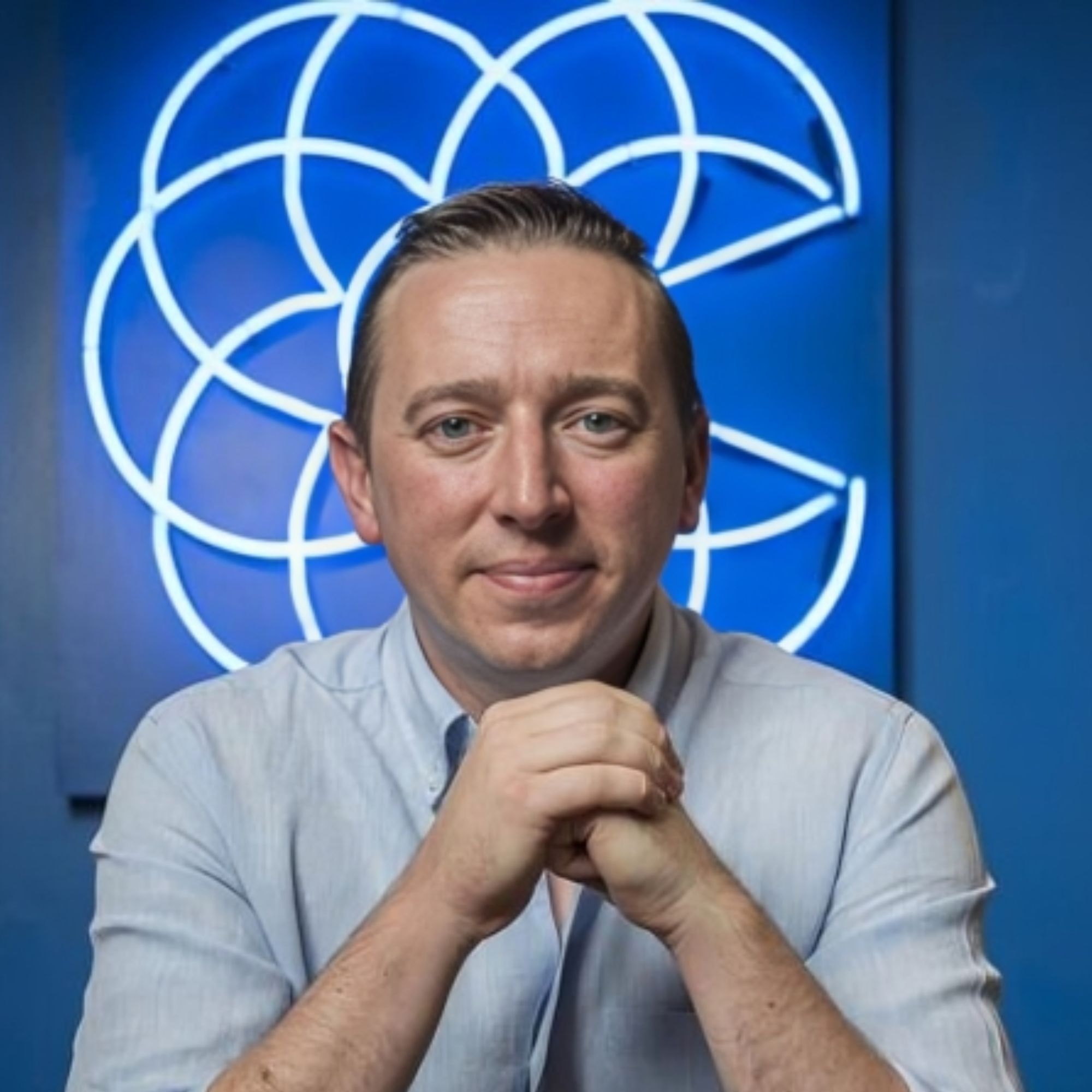
Joshua Motta
CEO & Co-Founder of Coalition
Joshua Motta: How Coalition Created the “Active Insurance” Category ($5B Valuation)

Zeb Evans
CEO & Founder of ClickUp
How ClickUp survived the 2021 growth at all costs era and came out stronger ($300M ARR)

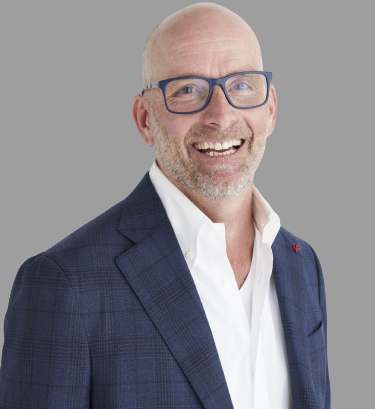
Dave Wessinger
CEO and Co-Founder of PointClickCare
Dave Wessinger: the Story of PointClickCare ($5 Billion Valuation)
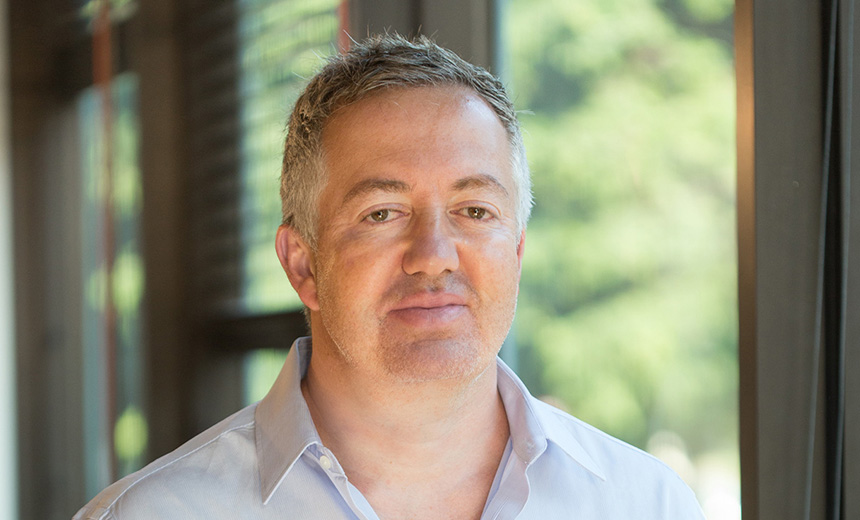
Dimitri Sirota
CEO & Co-Founder of BigID
Dimitri Sirota: The GTM Story of BigID ($1.25 Billion Valuation)


Harrison Rose
Co-Founder of Paddle
Harrison Rose: the Story of Paddle ($1.4 Billion Valuation)

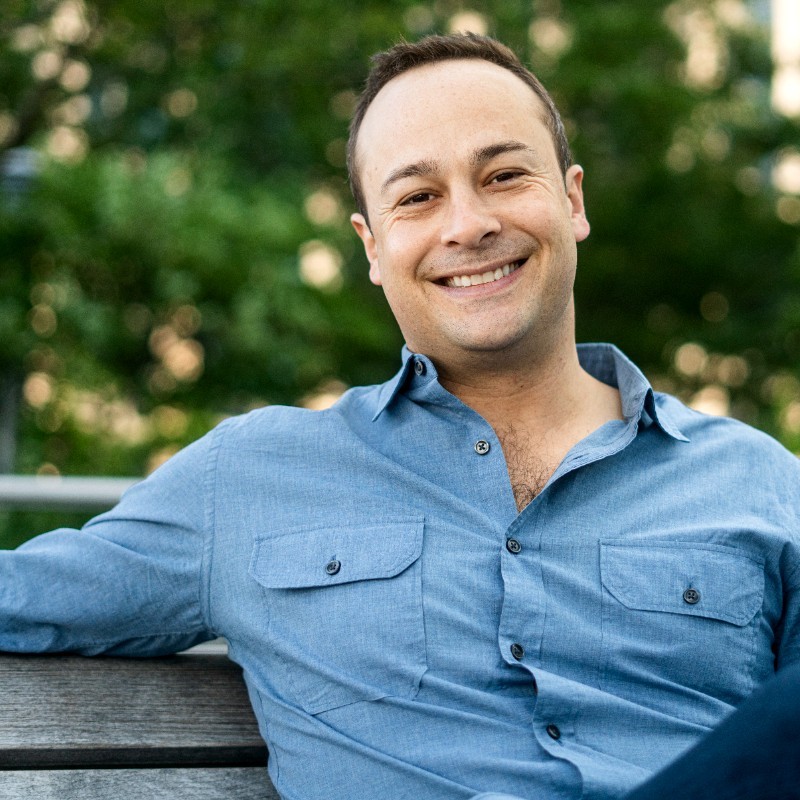
Jeremy Johnson
CEO & Co-Founder of Andela
Jeremy Johnson: the Story of Andela ($1.5 Billion Valuation)


Kevin Busque
CEO and Founder of Guideline
Kevin Busque: the Story of Guideline ($1.1B+ Valuation)


Marcelo Lebre
President of Remote
Marcelo Lebre: the Story of Remote ($3 Billion+ Valuation)

Ajay Kulkarni
CEO of Timescale
Ajay Kulkarni: the Story of Timescale ($1+ Billion Valuation)


Joseph DeSimone
Chairman and Co-Founder of Carbon
Joseph DeSimone: the Story of Carbon ($2.5 Billion Valuation)


John Kim
CEO & Co-Founder of Sendbird
John Kim: The GTM Story of Sendbird ($1+ Billion Valuation)


Jean Paul Chauvet
CEO of Lightspeed
Jean Paul Chauvet: the Story of Lightspeed ($2+ Billion Valuation)

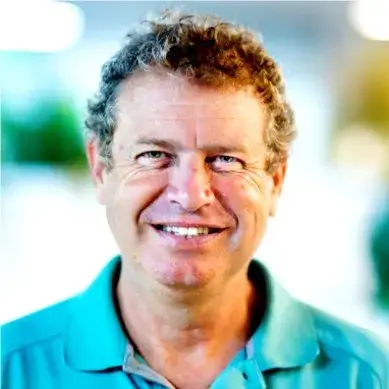
Doron Myersdorf
CEO of StoreDot
Doron Myersdorf: the Story of StoreDot ($1.2 Billion Valuation)
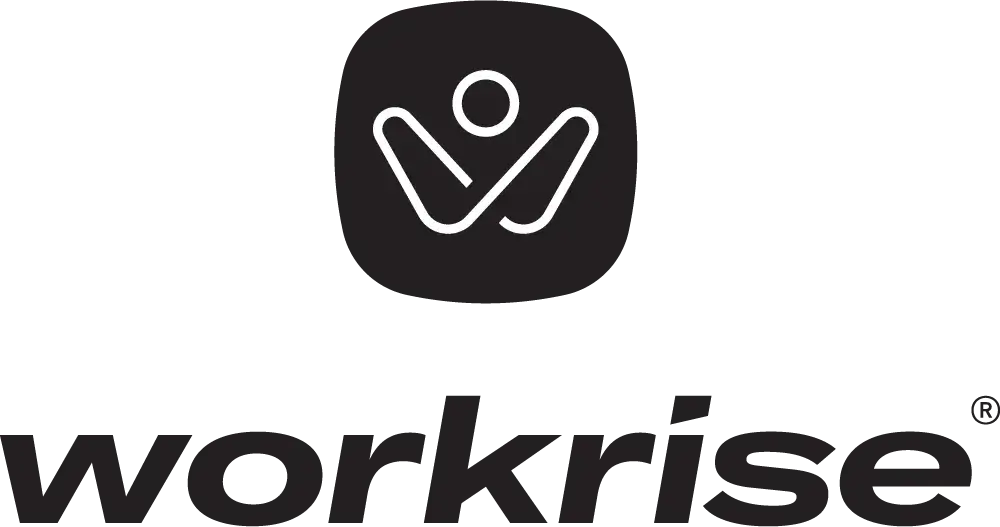
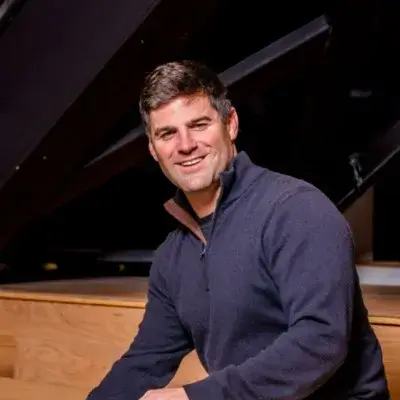
Michael Witte
CEO & Co-founder of Workrise
Michael Witte: Workrise: the GTM Story of Workrise ($3 Billion Valuation)


Hari Ravichandran
CEO & Founder of Aura
Hari Ravichandran: the Story of Aura ($2.5 Billion Valuation)

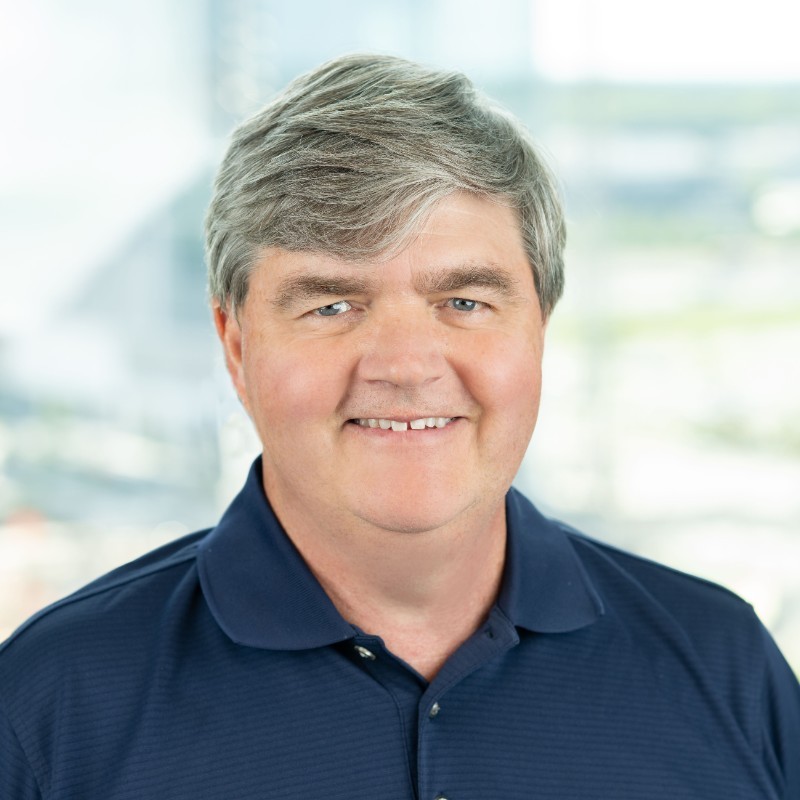
Dave Link
CEO and Co-Founder of ScienceLogic
Dave Link: How ScienceLogic Used Partnerships to Build a $155M ARR AIOps Platform
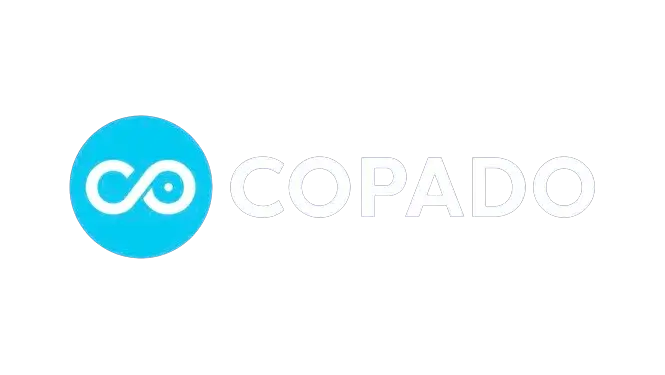
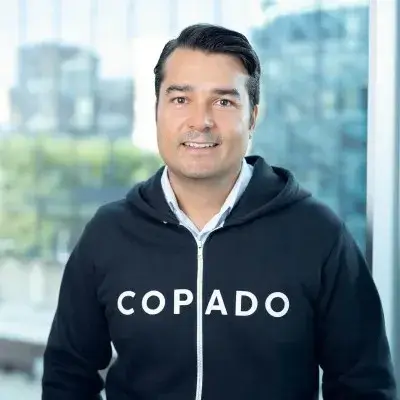
Federico Larsen
CTO and Co-Founder of Copado
Federico Larsen: the Story of Copado ($1.2 Billion Valuation)


Raj De Datta
CEO & Co-founder of Bloomreach
Raj De Datta: the GTM Story of Bloomreach ($2.2 Billion Valuation)


Justin Borgman
CEO and Co-Founder of Starburst
Justin Borgman: the Story of Starburst ($3+ Billion Valuation)


Sal Sferlazza
CEO and Co-Founder of NinjaOne
The power (and importance) of being founder-led w/ NinjaOne’s Sal Sferlazza ($5B)
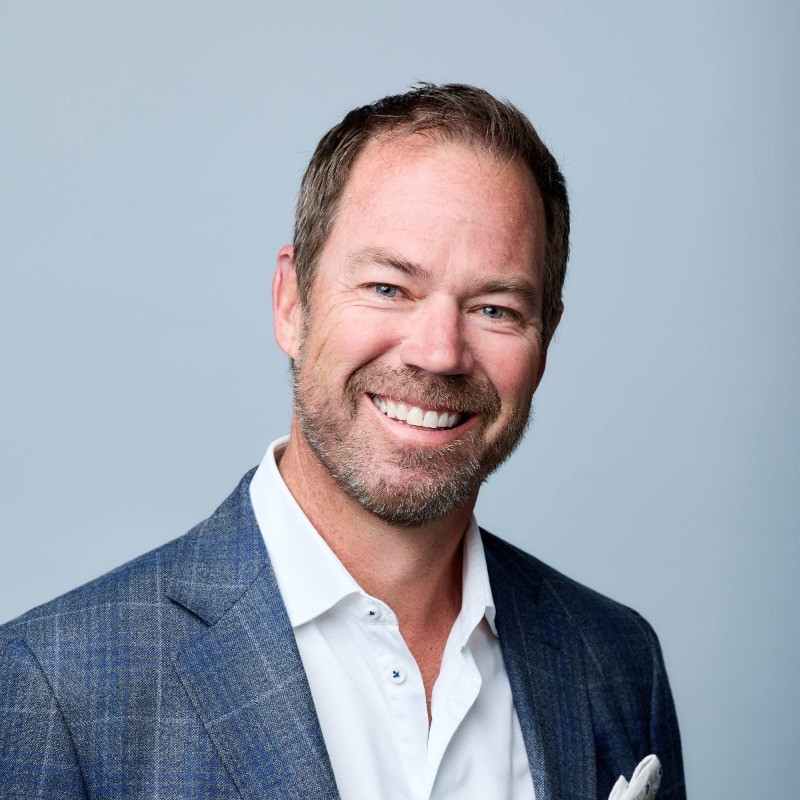
Jason Zintak
CEO of 6sense
Jason Zintak: The GTM Story of 6sense ($5.2 Billion Valuation)
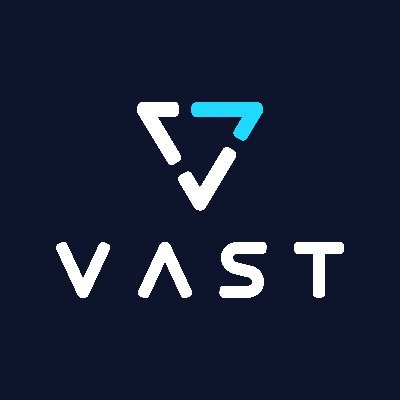
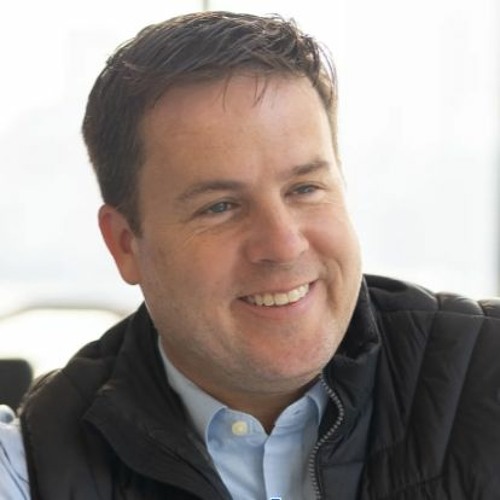
Jeff Denworth
Co-Founder of VAST Data
Jeff Denworth: The Story of VAST Data ($9.1 Billion Valuation)


Dave Wessinger
CEO and Co-Founder of PointClickCare
Dave Wessinger: the Story of PointClickCare ($5 Billion Valuation)


Martin Mao
CEO of Chronosphere
Martin Mao: The Story of Chronosphere ($1.6 Billion Valuation))

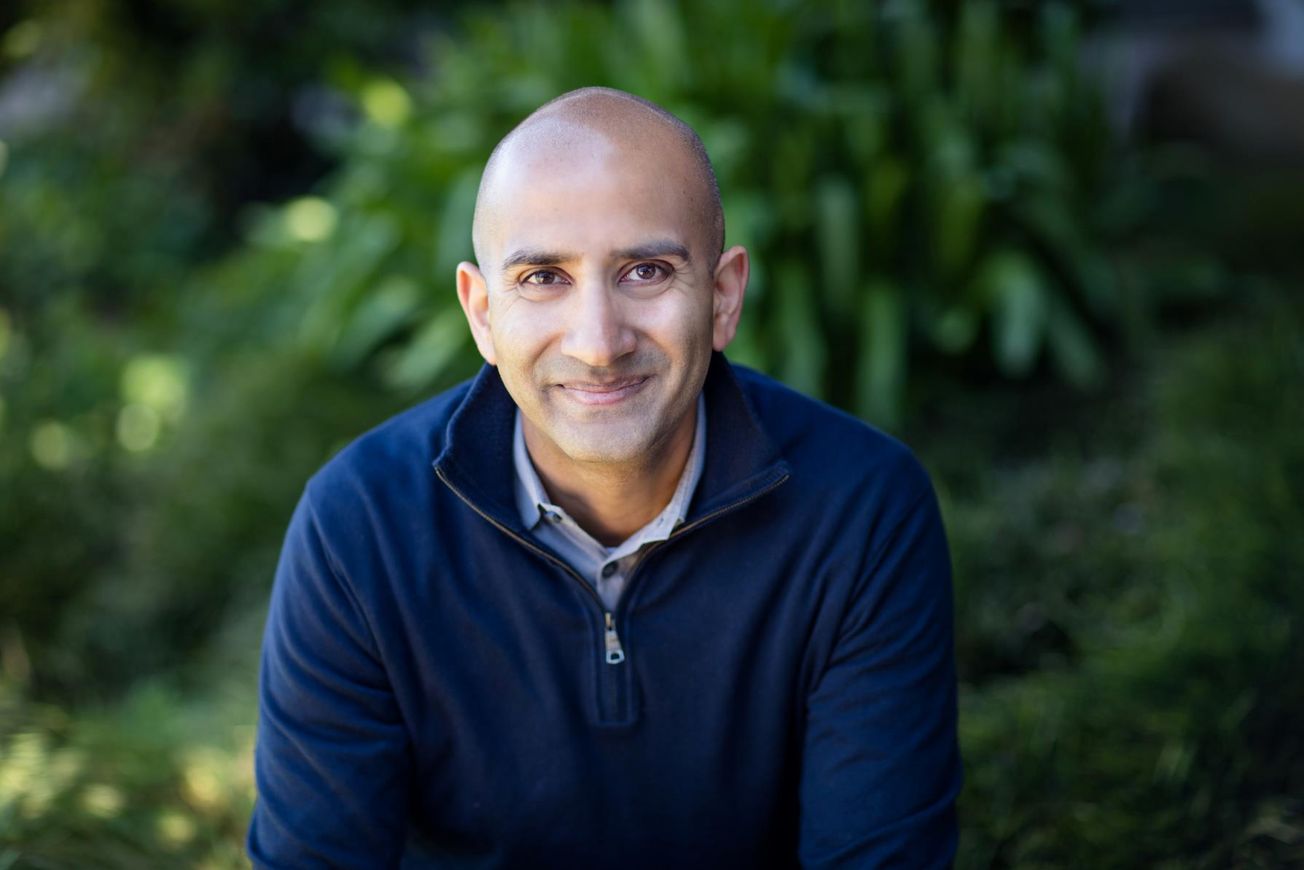
Satyen Sangani
CEO & Co-Founder of Alation
Satyen Sangani: The GTM Story of Alation ($1.7 Billion Valuation)


Kyle Hanslovan
CEO & Co-Founder of Huntress
What happens when you outgrow your messaging? w/ Huntress CEO Kyle Hanslovan


Sean Henry
CEO & Co-Founder of Stord
Sean Henry: How Stord Built a Commerce Enablement Platform ($1B+ Valuation) That Rivals Amazon’s Logistics Network
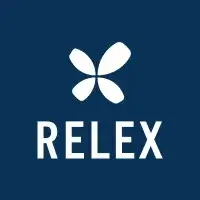

Johanna Småros
Co-Founder & Chief Sustainability Officer of RELEX Solutions
Johanna Småros: the Story of RELEX Solutions ($5.7 Billion Valuation)

